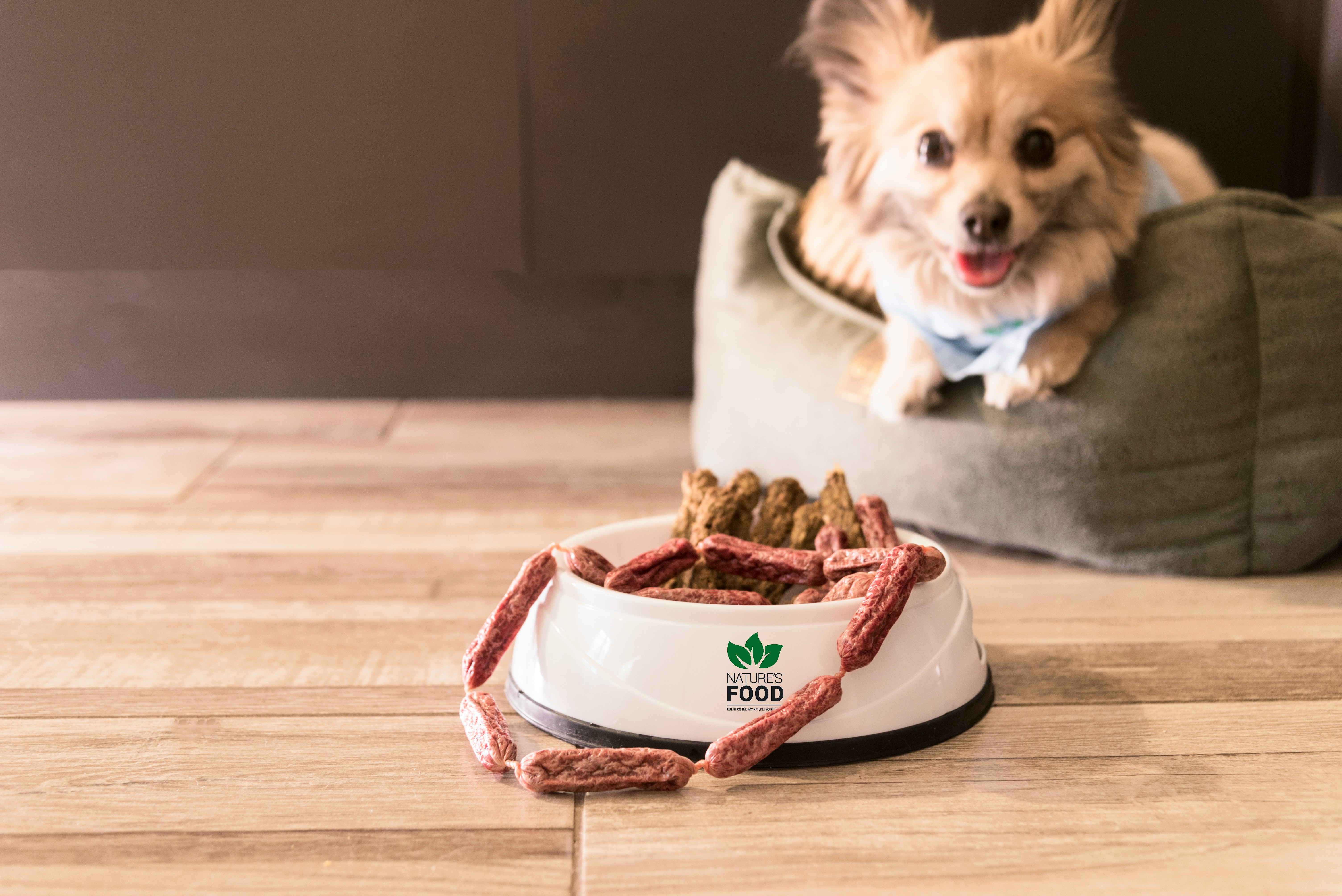Pet Sitting: Practical Guide for Caring for Pets at Home
Pet sitting is a hands-on service that helps owners keep their pet routines intact while they are away, whether for a few hours or several days. A reliable pet sitter provides feeding, exercise, companionship, basic grooming, and household check-ins so animals remain comfortable in their familiar home environment. This article explains what pet sitters do, how care differs for dogs and cats, how to prepare your home, and how to find trustworthy local services that match your animal’s needs.

What does a pet sitter do for a pet?
A pet sitter’s core duties center on maintaining a pet’s daily routine: feeding, refreshing water, administering medications if required, and providing exercise or play. For many pets, consistent schedules reduce stress and prevent behaviors that arise from anxiety or boredom. Sitters also offer social interaction and observe any changes in appetite, mobility, or mood. Reliable sitters will follow written instructions, follow emergency contacts, and leave notes or photos that confirm visits, helping owners stay informed while away.
A sitter may also handle light household tasks related to pet care, such as litter scooping, crate cleaning, bringing in mail, or rotating lights for security. When hiring, clarify which household tasks are included and which require an extra fee. Clear communication up front reduces misunderstandings and ensures the sitter can meet your pet’s specific needs without compromising the home’s routine.
How can a pet sitter care for a dog?
Dog care from a sitter typically emphasizes exercise, socialization, and structure. Dogs often need leash walks, supervised outdoor time, or backyard play, depending on their age and health. Sitters should know a dog’s temperament—how it behaves on a leash, its recall ability, and whether it is comfortable with other animals or strangers. For dogs with separation anxiety, a pet sitter who provides multiple short visits or overnight stays can be more helpful than a single long absence.
Feeding schedules, portion sizes, and any dietary restrictions must be clearly documented. Sitters should also be instructed on handling basic training cues and any safety measures specific to the dog, such as gate latches or fenced areas. Emergency plans, including the preferred veterinarian and authorized medical permissions, must be accessible to the sitter before the owner leaves.
How are cat needs different for home visits?
Cats often benefit most from staying in their home, so cat-specific pet sitting focuses on stability and low-stress interaction. Sitters will typically refresh food and water, clean the litter box daily, and engage in brief play sessions to stimulate activity. Many cats appreciate calm, predictable interactions rather than lengthy handling, so sitters should adapt to each cat’s social tolerance and use toys or treats to build trust.
Environmental care is also important: replacing enrichment items, checking windows and indoor plants for hazards, and monitoring for signs of illness like decreased grooming or changes in appetite. Because cats may hide symptoms, sitters should report any subtle behavioral changes promptly. Written guidance on favorite resting spots, hiding places, and how the cat signals discomfort helps ensure appropriate care.
How does pet sitting support animal health and routines?
Consistent routines support both physical and mental health for animals. Pet sitters help maintain feeding schedules, exercise patterns, and medication regimens, which can prevent upset stomachs, weight changes, or missed treatments. Sitters who are trained to administer oral or topical medications and who understand basic first-aid for pets add an extra layer of safety. They can also monitor chronic conditions—such as mobility issues or diabetes—and escalate concerns to the owner or a veterinarian when needed.
Preventative measures during visits are important: checking for signs of parasites, ensuring outdoor areas are safe, and noting any mobility changes in aging pets. Detailed logs kept by sitters about meals, toileting, medication administration, and notable behaviors create an ongoing record that owners and veterinarians can reference if issues arise.
How to find reliable local pet sitting services in your area?
When searching for local services, look for pet sitters with clear references, a professional presence, and insurance or bonding where applicable. Interview candidates about experience with your pet’s species and specific needs, ask for proof of vaccinations when sitters bring their own animals, and request a trial visit to see how your pet responds. Verify emergency procedures, backup plans for the sitter’s illness, and whether the sitter uses written visit notes or apps to report activity.
Consider certifications or training in animal care, pet first-aid, or behavior handling as additional indicators of preparedness. Personal recommendations from neighbors, veterinarians, or local animal organizations can be useful, and many communities have directories for pet care professionals. Always meet candidates in person, confirm identification, and ensure keys or access instructions are securely managed before leaving your pet at home.
Conclusion
Pet sitting keeps animals in familiar surroundings while maintaining their routines, which supports wellbeing and reduces stress. Understanding the specific duties for dogs and cats, preparing the home with clear instructions, and verifying a sitter’s experience and emergency procedures can lead to reliable, continuity-focused care. Thoughtful planning and open communication help ensure that pets remain safe, comfortable, and attended to in their own home when owners must be away.






